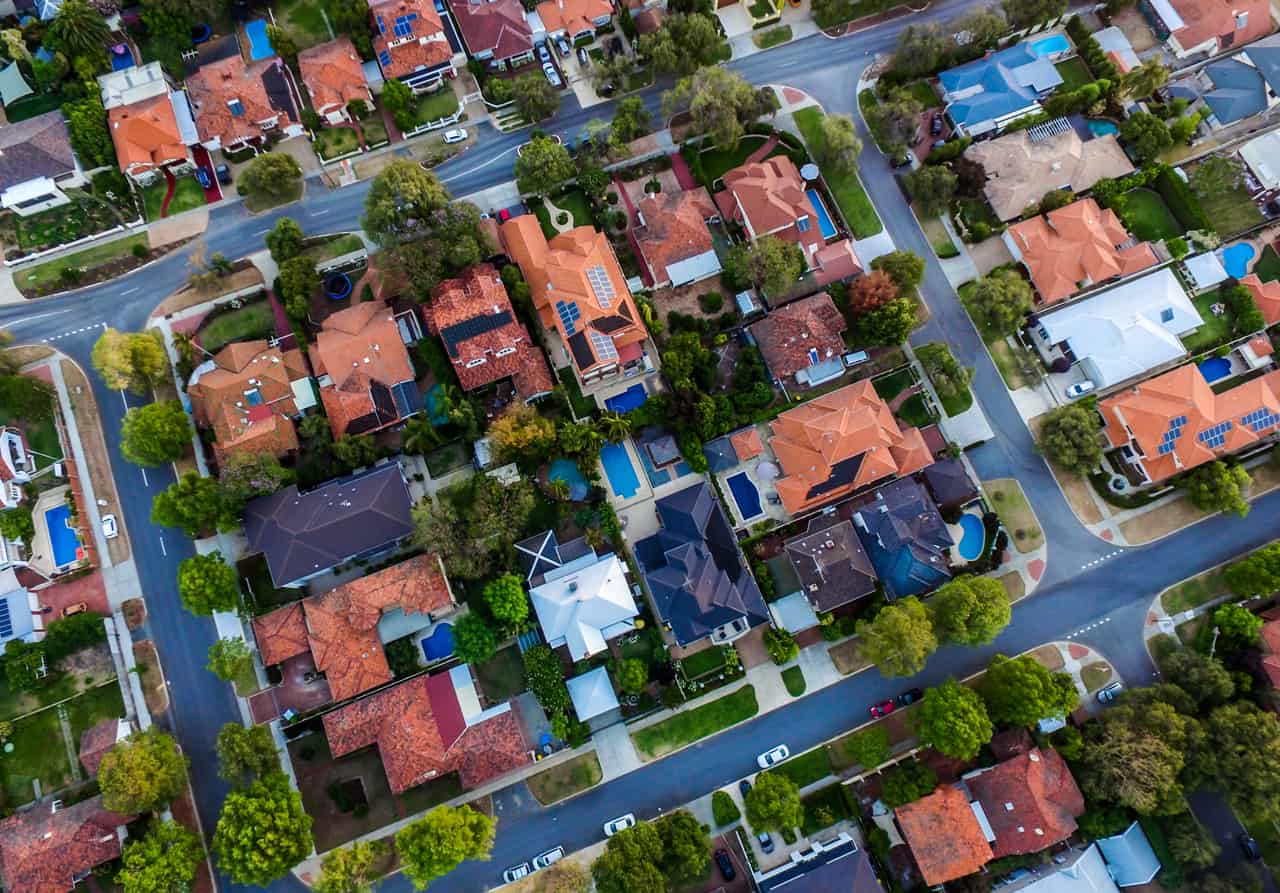Estimated cost of $20 billion to meet Bill 23’s housing targets in Mississauga, Brampton and Caledon
Published February 23, 2023 at 12:11 pm

A lack of time, too many unknowns, and a potential price tag of $20 billion are believed to be the main obstacles for Peel Region in meeting Bill 23’s housing targets.
At today’s Regional Council meeting (Feb. 23), council discussed the provincial government’s Bill 23 — also known as the More Homes Built Faster Act — and what’s expected for Mississauga, Brampton and Caledon to meet the goals set by the province.
The bill pledges to incentivize the creation of more housing by freezing, reducing and exempting fees that developers typically pay to towns and cities.
According to a report presented to council, the province’s ambitious plan would require the region to build 145,000 additional homes by 2031, the development of which could cost as much as $20 billion.
While a potential strategy was discussed to prioritize areas of Peel where new construction has already been planned, the general sentiment among councillors was that the province’s goals were too lofty to meet.
Mississauga mayor Bonnie Crombie says Peel is being held accountable for things out of its control, stating that the cities and region don’t build units but rather process permits.
She says housing development is currently dictated by the housing market, meaning there were “too many unknowns and too much uncertainty” when it came to how, when and where Peel would build these new homes.
She also expressed concern that Bill 23 did not guarantee developers would be able to pass cost savings onto homebuyers.
Council says it’s also still unknown where funding for the new housing units will come from and how much can be requested from the province to help the region meet its goals.
As part of Bill 23’s plan, cities are expected to sign a pledge by March 23rd to meet their goals. Brampton has yet to pledge, citing a lack of information and guidance from the province.
“What’s the point of signing a pledge if we can’t meet it?” asked Brampton mayor Patrick Brown, who questioned if it was feasible to get further information from the provincial government before signing the pledge.
Regional Chair Nando Iannicca said he believes the best course of action for Peel Region is to tell the province what Peel will need from the provincial government in terms of funding and assistance if Peel is expected to meet these housing goals.
Council is expected to further discuss Bill 23 during future meetings.
Bill 23 has been highly controversial since its inception, with criticism that the bill would leave Mississauga, Brampton and other municipalities short billions of dollars, increase property taxes, and reduce the role of conservation authorities.
In Peel, it is estimated that around 91,000 households currently live in housing that is unsuitable, inadequate or unaffordable, the Region of Peel notes.
The revenue shortfall from reduced development charges could mean Peel will take on additional debt, or force Peel to choose between significantly increasing taxes and utility rates or reducing service levels.
The Region of Peel recently called on the province to create a fund for shortfalls.
“Municipalities have demonstrated that they do not have room to absorb additional financial burdens related to growth,” the region said.
“As new measures included in Bill 23 are implemented, it is essential that the Province create a municipal compensation fund to compensate Peel Region and its local municipalities for revenue shortfalls and ensure revenue neutrality.”
With files from Ashley Newport, Karen Longwell
INsauga's Editorial Standards and Policies


